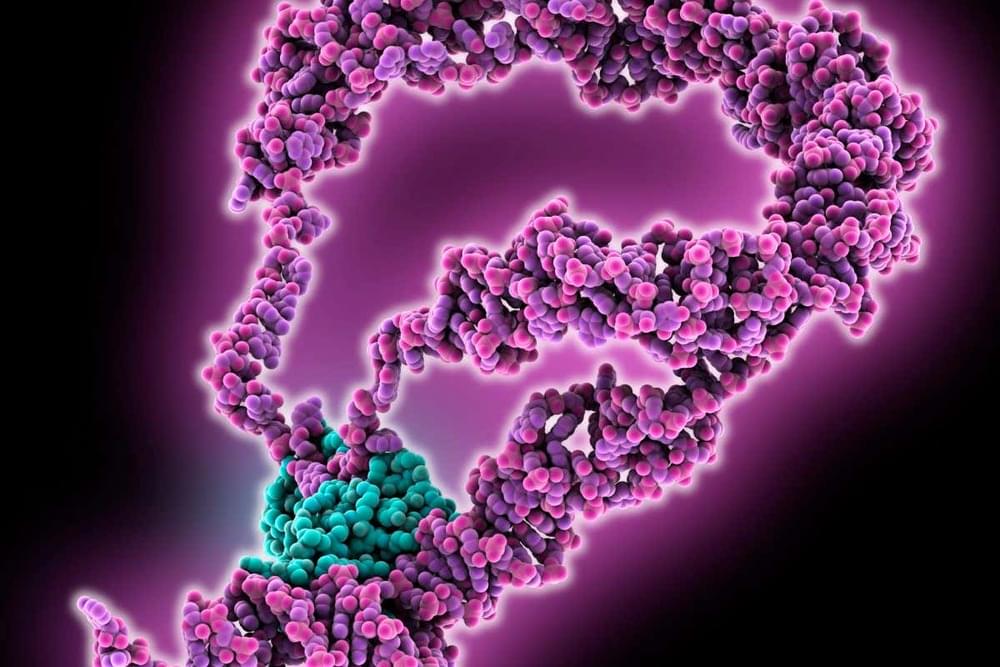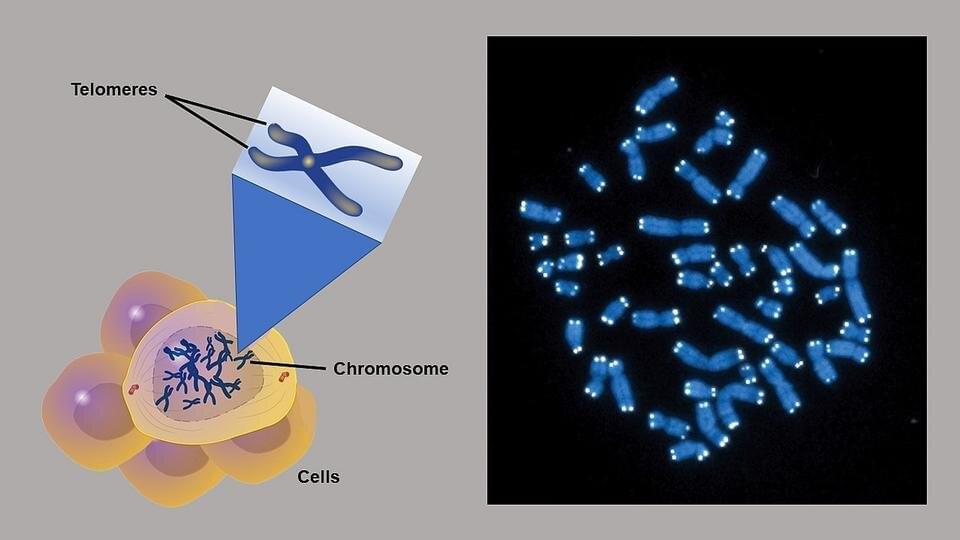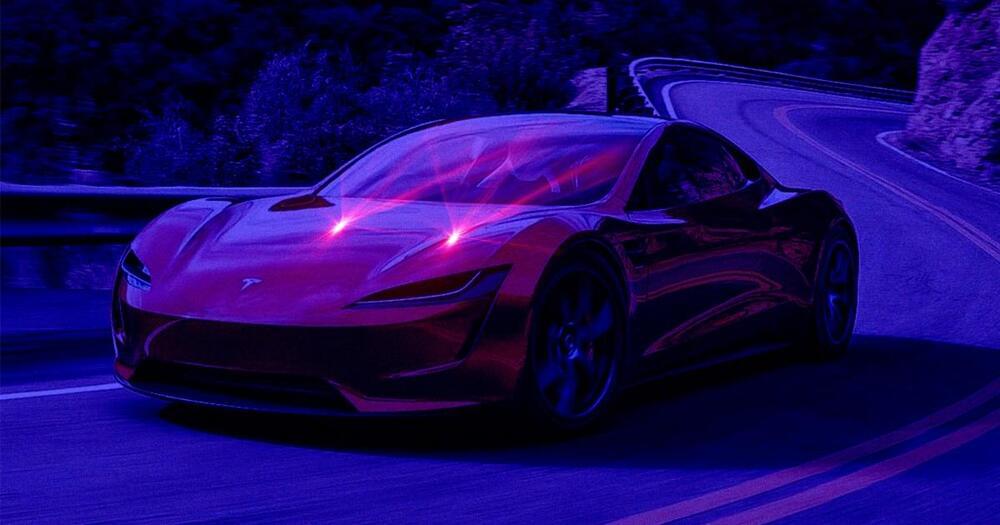Mastercard has agreed to acquire blockchain analytics start-up CipherTrace, in the latest sign of how major companies are warming to cryptocurrencies.
The payments giant said Thursday it entered into an agreement to buy CipherTrace for an undisclosed amount. Based in Menlo Park, California, CipherTrace develops tools that help businesses and law enforcement root out illicit digital currency transactions. The company’s competitors include New York-based Chainalysis and London start-up Elliptic.
“Digital assets have the potential to reimagine commerce, from everyday acts like paying and getting paid to transforming economies, making them more inclusive and efficient,” Ajay Bhalla, president of cyber and intelligence at Mastercard, said in a statement. “With the rapid growth of the digital asset ecosystem comes the need to ensure it is trusted and safe.”







